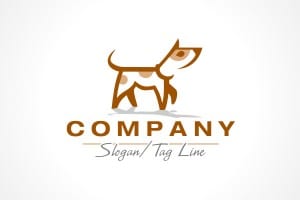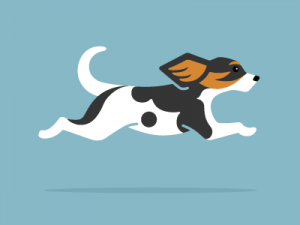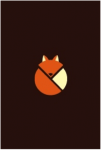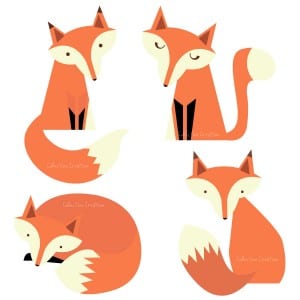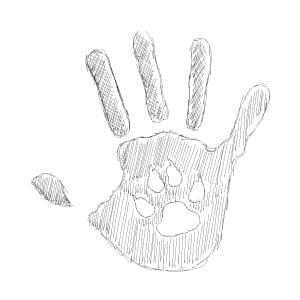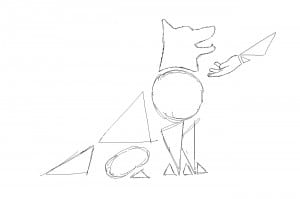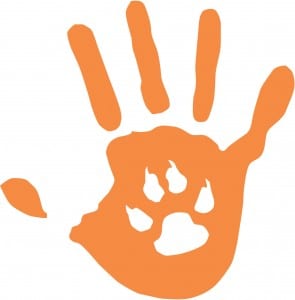In this weeks workshop we looked at Motion Tracking.
An important part of Motion Tracking is understanding what it can and cannot do. Motion Tracking can track the 2D position – the X and Y – of a small cluster of pixels of which the data can then be attached to another layer of object. However it cannot track pixels that are obscured by another object or by motion blur and it cannot track the 3D position – the additional Z axis – of a cluster of pixels.
Our first experimentation involved the Motion Tracking of points on a box.
We learnt that the Motion Tracking tags struggles to track pixel clusters that had been filmed in a low shutter speed because of the motion blur as opposed to a higher shutter speed. Also if the points were obscured or went off the edge of the footage then the tracking was lost. We also experimented using 4 tracking points using the Corner Pin Perspective to achieve different results… we discovered that by using the 4 tracking points we were able to skew the image to make it appear 3D when it isn’t.
Our second experimentation involved using Motion tracking to create a 2D sky replacement. We attached the tracking points to a section of building and the tip of a tree that were not obscured by anything, then attached that data to a null layer and attached our sky replacement to that. Then using a mask and feathering it out created a very basic sky replacement. We also then explored ways of making the sky replacement more realistic and believable by adding in different lighting effects and adding in light sources.


